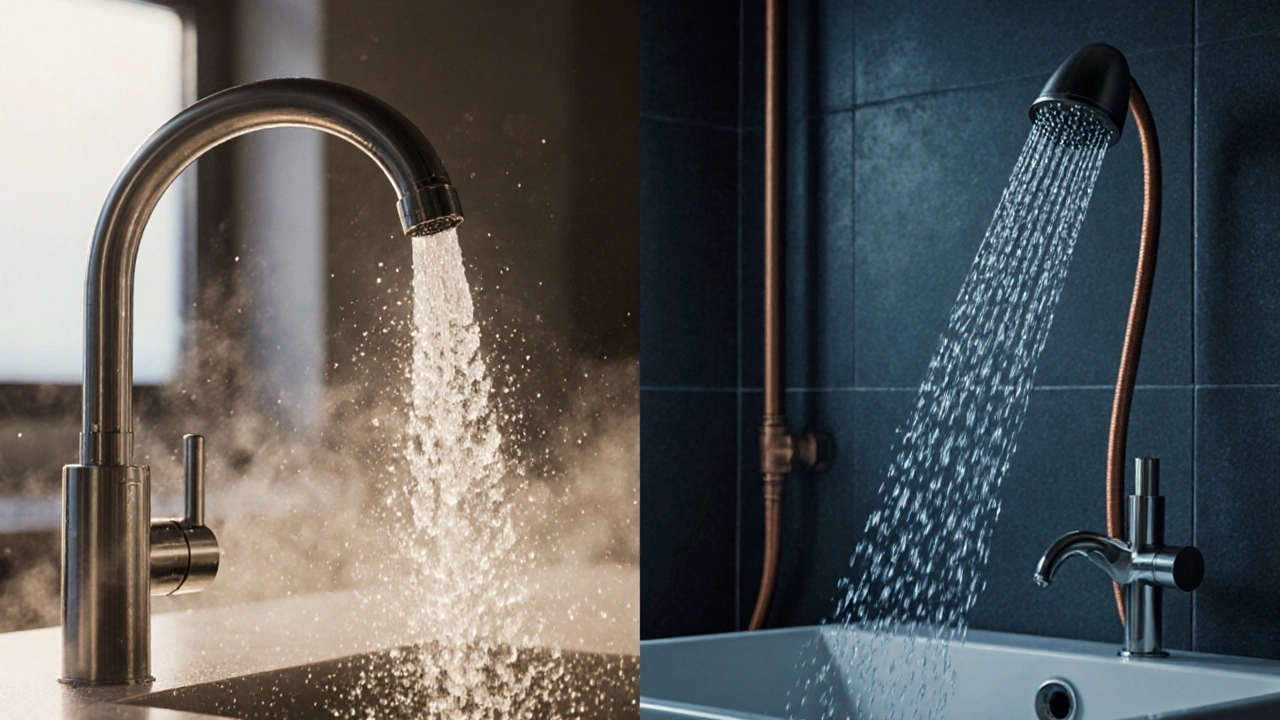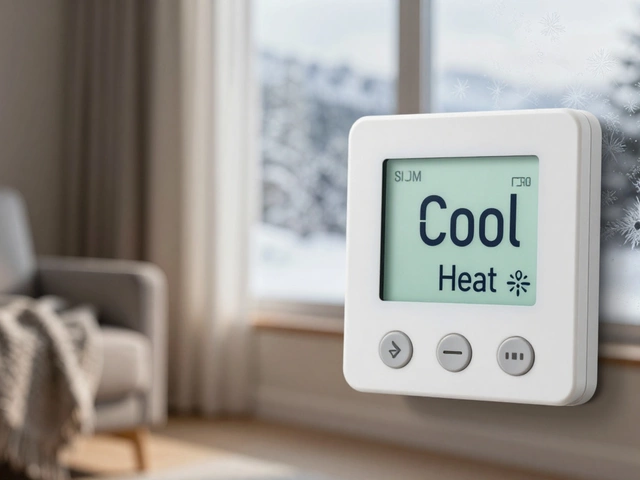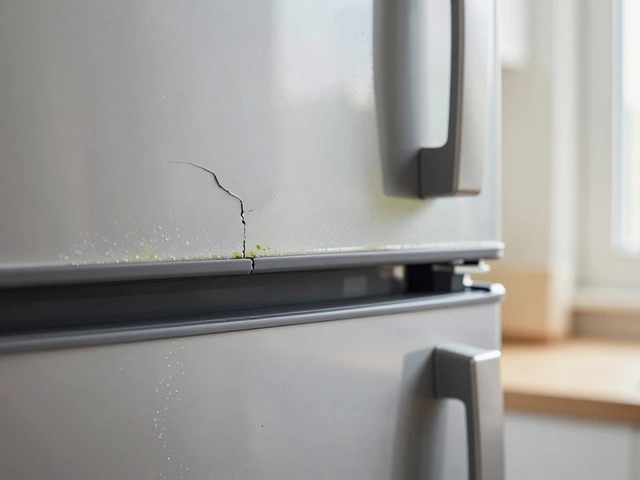Cold Shower Bathroom: Practical Tips and Essentials
When planning a cold shower bathroom, a space where the shower primarily delivers cool water for health, energy savings, or personal preference. Also known as chilled shower setup, it usually relies on a shower that can blend hot and cold, and a water heater capable of precise temperature control. The shower unit itself is the core delivery system, while the heater acts as the temperature regulator, making the combination essential for a consistent cold‑water experience. Proper piping, thermostatic mixing valves, and an insulated supply line help maintain the desired chill without sudden spikes. In many homes, the water heater is a boiler that can be set to a low output, turning the whole bathroom into a refreshing oasis without compromising hot‑water availability elsewhere.
Key Elements That Shape a Cold Shower Bathroom
Beyond the shower and heater, extractor fan plays a crucial role in keeping the space comfortable. Good ventilation removes excess humidity, prevents mold, and ensures the cool air feels crisp rather than damp. An efficient fan also helps balance the bathroom’s pressure, especially when the shower runs continuously. Pairing the fan with proper bathroom ventilation—whether through window placement or passive vents—creates a healthier environment and reduces the load on the heater. Another often‑overlooked component is the thermostat or mixing valve; it lets you dial in the exact temperature, so you never end up shivering or sweating. Together, these elements form a network: the cold shower bathroom includes a shower, requires a water heater, benefits from an extractor fan, and is enhanced by effective ventilation. Each piece influences the next, creating a seamless, energy‑smart bathroom experience.
Maintaining this setup is simpler than you might think. Regularly check the fan for dust buildup, flush the water heater to remove sediment, and test the mixing valve for leaks. Small tweaks—like insulating exposed pipes or adding a low‑flow showerhead—can lower water usage while preserving that invigorating chill. When you understand how the shower, heater, fan, and ventilation interact, you can troubleshoot issues before they become costly repairs. Below you’ll find a curated collection of articles that dive deeper into each component, from DIY fixes for a stubborn fan to choosing the right water heater for a cold‑water system. Ready to explore practical advice and expert insights? Keep reading to discover how every part fits together and how you can keep your cold shower bathroom running smoothly.
Discover why hot water reaches the kitchen but not the bathroom, learn how to diagnose the issue, and get DIY fixes plus professional advice.


